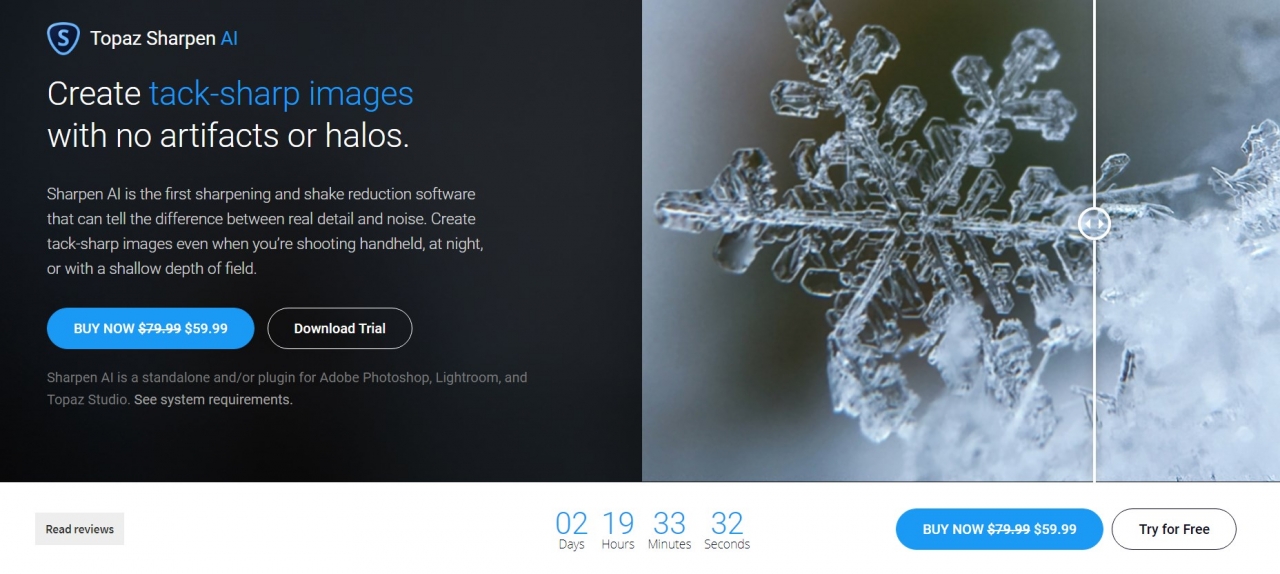

The work area can be change to use different colors from the Preferences dialog. Ease of UseĬapture One Pro sports a new interface using the now popular dark gray background (Figure 1).

You're still limited to what a JPG file can do in some respects, and you have less image data available when making adjustments due to the 8-bit restriction in a JPG image, but it's still considerably more powerful than typical image editing on this type of file would be. This is something that Lightroom and Aperture users have been enjoying for some time, and is a great option for anyone that shoots in JPG. One of the major new features in version 4 of Capture One Pro is the ability to work on JPEG and TIFF files with all of the tools in the program, all as non-destructive edits. Available in a standard version as well as Pro, this review looks at the Pro version which is likely to be the choice you'll want to examine as it includes a number of features like lens correction, styles, selective color adjustments, and other workflow enhancements. But, I haven't met a photographer yet that was happy about giving up control over how their images are processed.Ĭapture One from PhaseOne (has been around for quite a while, and has always been one of the stronger competitors in this market. After all, capturing in JPEG is less post processing work for us since so much of it's done in camera. That's why many of us use RAW to begin with. So, why would you be interested in investing in yet another application for processing your images? As photographers, we're all interested in the absolute best possible image quality.

Your camera most likely comes with an application (like Canon's Digital Photo Pro), and if you use Photoshop you already have Adobe Camera Raw. There are a number of good options available for those of you that shoot RAW.


 0 kommentar(er)
0 kommentar(er)
